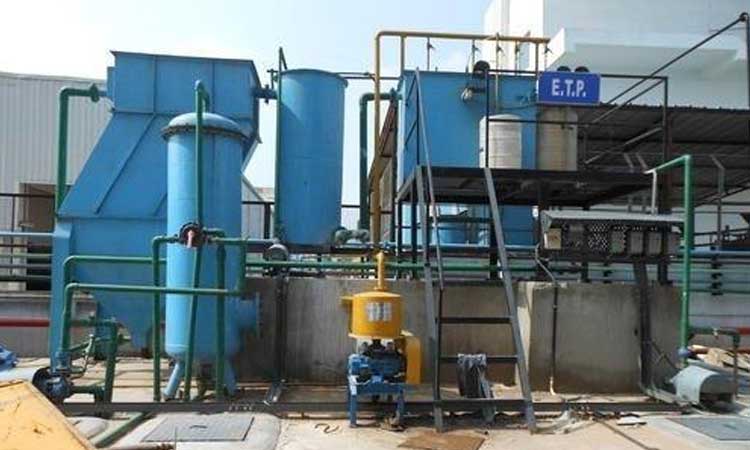
Common Effluent Treatment Plants: Need for Small Business
The concept of a common effluent treatment plant has been accepted as a solution for collecting, conveying, treating, and disposing of effluents from industrial estates. Urbanization and the need for a better living have incessantly generated consumer goods and infrastructural inputs. We will be talking about the common effluent treatment plant, its condition, and usage. At first, we will be covering the present situation, then challenges and solutions. Keep reading our articles for developing an understanding of the relevant title. In the conclusion part, we must give you a one-stop solution for the wastewater treatment method.
Common effluent treatment plants (CETPs) are treatment systems specifically designed to collectively treat effluent generated from small-scale industrial facilities in an industrial cluster. More than 90% of the member facilities belonged to the red category, indicating that they were highly polluting and that their effluent would require adequate treatment measures before disposal. CETPs deal with varying qualities and quantities of effluent. This CETP had a conventional mode of treatment consisting of primary (an equalization tank and primary clari-flocculator) and secondary (an aeration tank and secondary clarifier).
Individual effluent treatment plants (ETPs) generally face problems from lack of space, resources, capital cost, and specialized human resources for operation and maintenance, especially for small-scale industrial facilities. The effect of the poor effluent treatment can technically be termed the failure of the CETP, where the treated effluent pollutant concentrations exceed the standard discharge values. Different factors may cause failures, and the extent of failures may change according to the situation. Provision for upgradation should be made in design. Consider a modular approach for ETP design to upgrade the treatment plant's performance as per future needs.
You may not plant millions of trees but if you can take care of one single tree with love and care, that will make you great.- Amit Ray
CETPs are designed to collect and treat effluent from a multitude of facilities. Common Effluent Treatment Plant had an aeration tank with an activated sludge, and a secondary clarifier unit with a final outlet. The reliability of a CETP is its capacity to demonstrate consistency in the system's ability to predict the treatment values obtained in the future by the system. Reduced burden of different regulatory authorities in guaranteeing pollution control requirements.
Saving in Capital and Operating expense of treatment plant. A CETP is said to be more reliable when the values of pollutants in the effluent treated by the plant. And meet the set discharge standards more often than those of a CETP that frequently exceeds the standards. Regular treatment is constantly less expensive than small-scattered treatment units. Land availability is hard to guarantee by all individual units if they go for individual treatment plants. Industry Water Solutions provides you with a one-stop solution for wastewater treatment methods. Don't hesitate to get in touch with us for more details.
Water is a standout amongst the most imperative natural assets, one of the fundamental necessities of human life. Water is utilized for various purposes, yet it is used mainly for drinking. Not only for household uses, but it is also likewise used for several industrial purposes. Even though water is found plentiful, its more significant part is contaminated, and hence, it should be dealt with to reuse it. The balance and equalization of the heterogeneous waste make its treatment techno-monetarily suitable. Professional and prepared staff can be made accessible for the operation of Common Effluent Treatment Plant, which isn’t conceivable in the case of individual plants. Disposal of treated wastewater and muck turns out to be more sorted out. Common Effluent Treatment Plant is designed based on: Quality and stream rate of the wastewater. Recycling and Reuse of treated wastewater are two major supporting factors, Availability of land, labor energy, and expertise in particular treatment strategies.
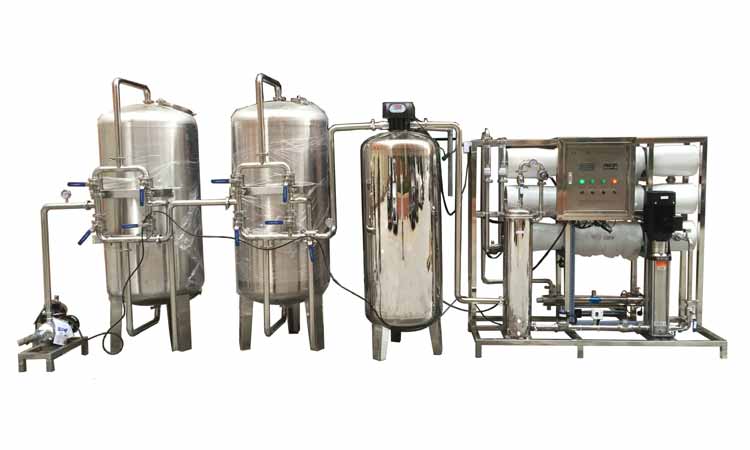
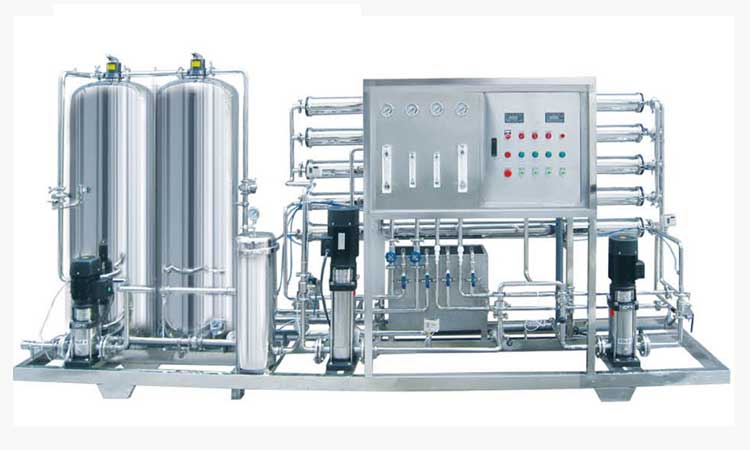
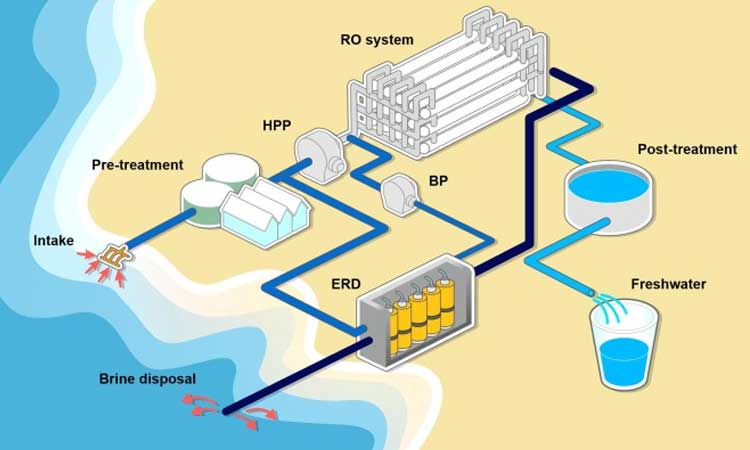
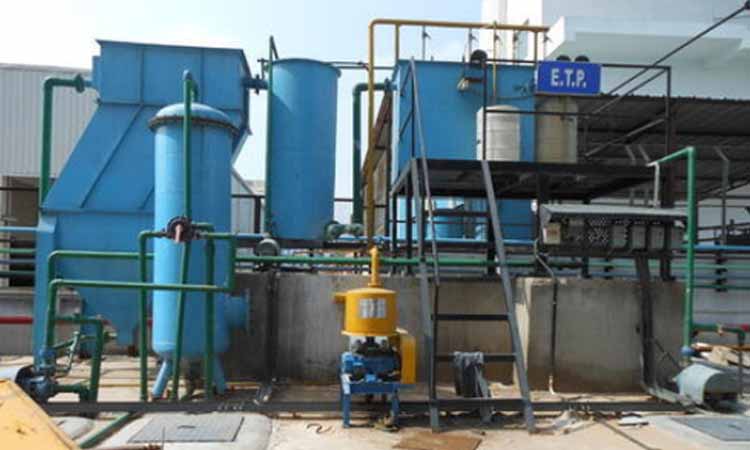

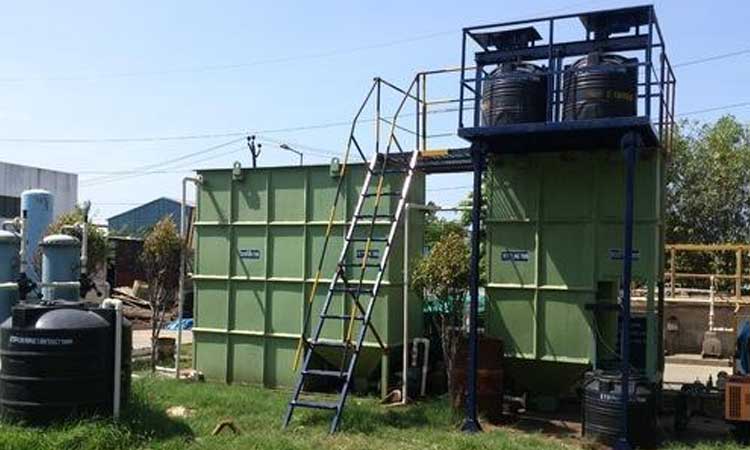
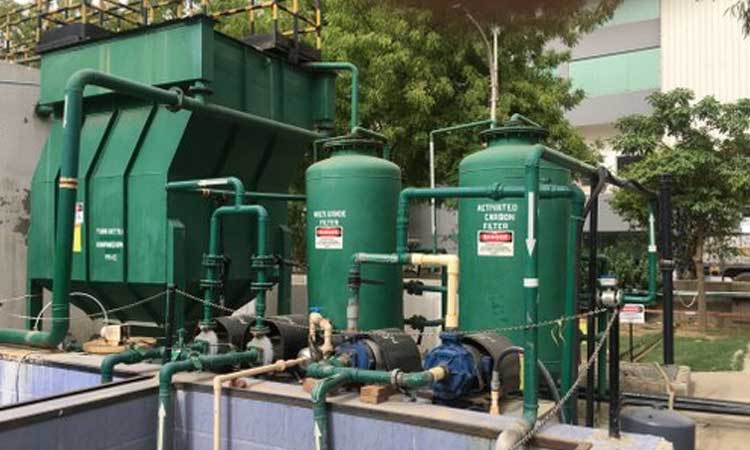

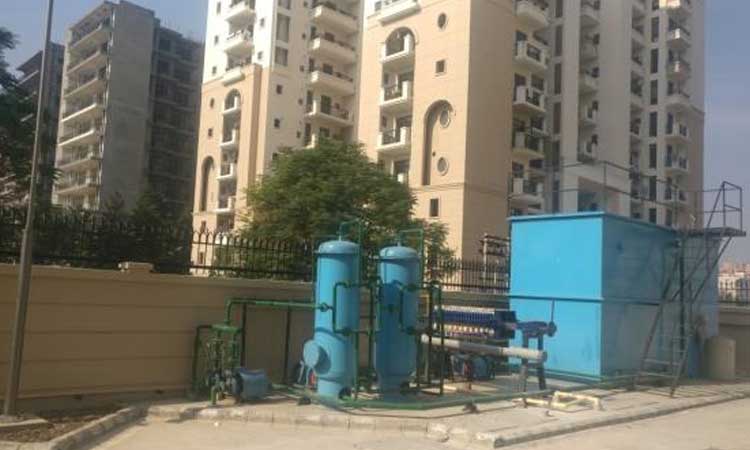
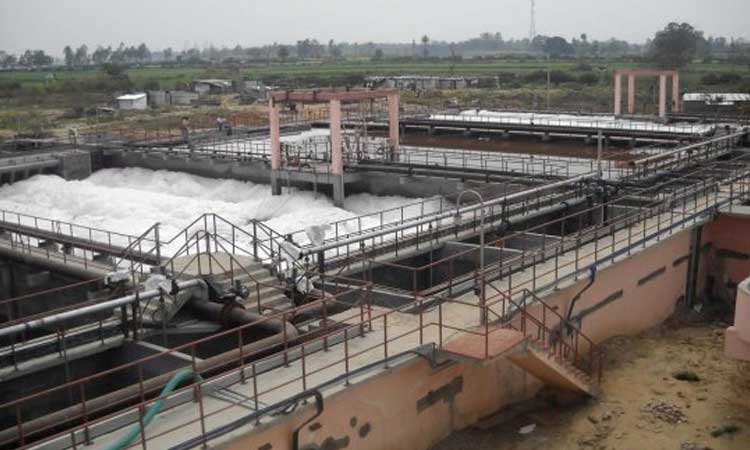
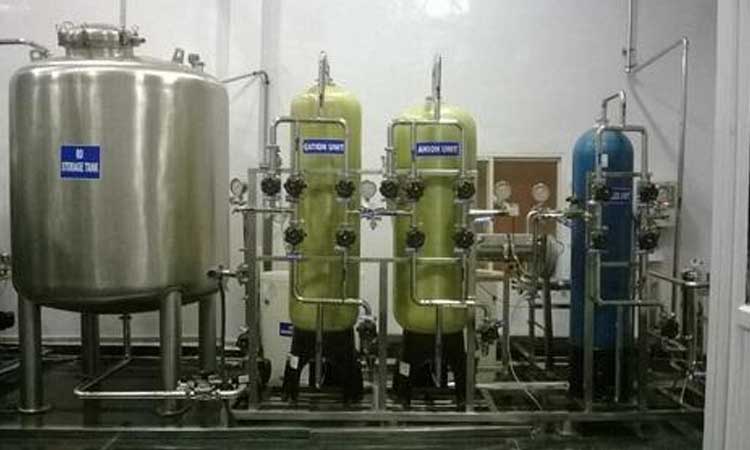

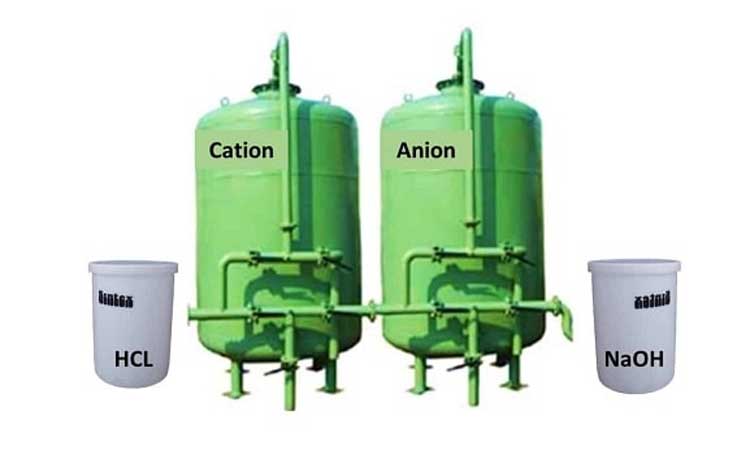

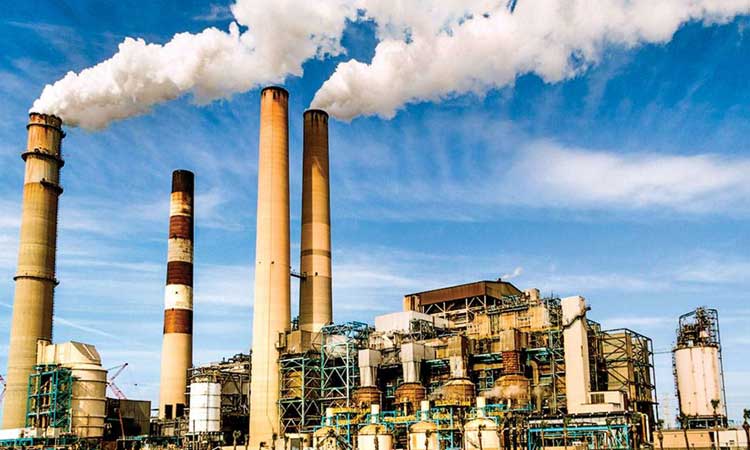
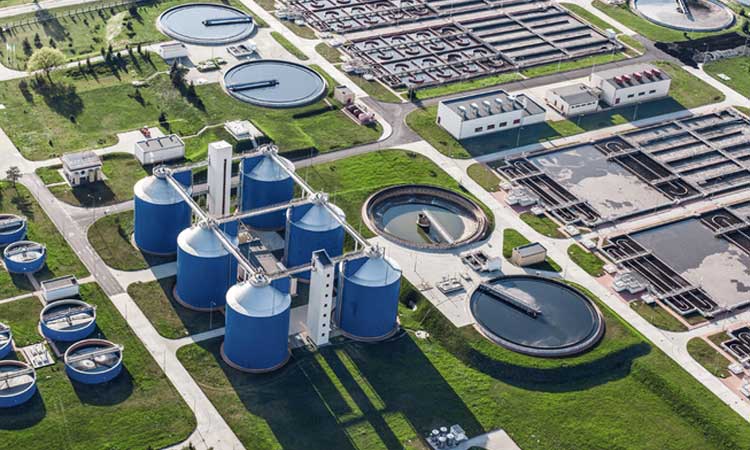

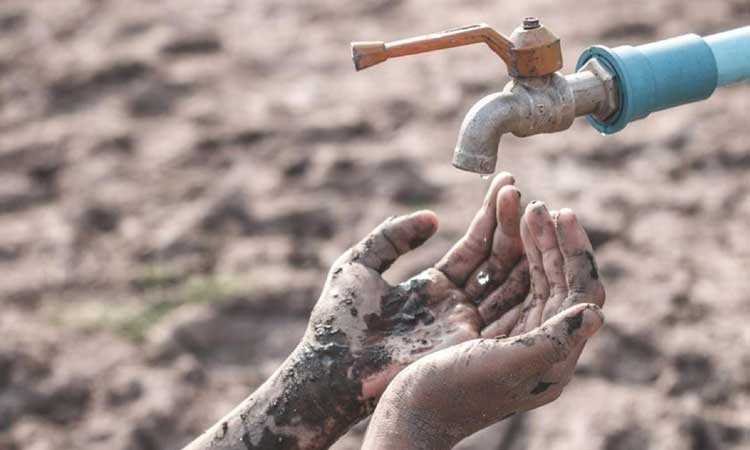
Comments
Wastes excessively high in suspended solids, reducing the efficiency of sewage treatment and increasing the quantity of sludge produced, and affecting its quality in connection with digestion and/ or dewatering.
Industrial wastewater treatment is usually more dependent on chemicals than municipal treatment due to the amount of waste removal that is required
The effluent is moved through carefully controlled anaerobic (absence of available oxygen), anoxic (chemically available oxygen only), and aerobic (abundance of free oxygen) zones of the Bioreactors